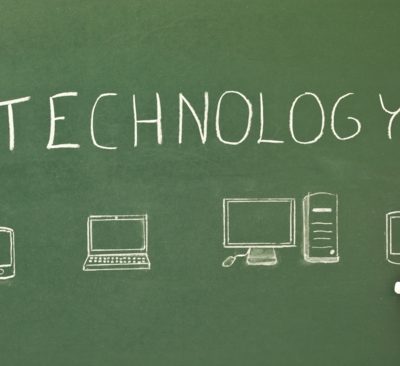Rechargeable batteries are the backbone of any mobile device. From cell phones to IPods, to mp3 players, all require a constant source of energy, which can only be done through a rechargeable battery. Rechargeable batteries are eco-friendly alternatives to traditional batteries, though with time they may not hold a charge as well. Battery life is also important as it determines how long your battery is going to last. Batteries used more often ‘weaken’, meaning their capacity to store decreases, if they are used in a rugged manner, or their electrical connections are not done properly. Laptop batteries usually last 7 years, and same is the case for cell phone batteries. However, if such batteries are not properly taken care of, their life decreases, depending on how you handled them. For example, overcharging is the most common reason for decreased battery life. It heats up the storage components inside and allows them to wear out quickly. Bad electrical connectors are also a bane for rechargeable life. Bad connectors can cause sparking, and performance loss. A few tips are described below that outline the ways on how you should take care of your batteries.
- Battery heating is the most common issue. Overcharging disrupts the electrons and allows compounds to form inside the battery that are not required quickly.
- New batteries that have not been charged before and thus come in a discharge state, should be charged 3-4 times their normal charging time to achieve optimum capacities.
- Avoid dropping the battery on hard surfaces, as it may allow the battery storage chemicals to leak, causing a health hazard and reducing battery life.
- Too much current must not be drained from any battery, this causes it to overheat and thus reduced its life.
- Do not discharge your battery completely, some charge must be left in order for the battery to remain in a charged state.
- Batteries are to be used in a cool, and dry place. This is because humidity in the air causes it to conduct electricity. The process is slow, but it still drains the battery.
- Only batteries made of the same material/type must be used together. Do not mix and use different rechargeable batteries together.
- Disconnect the battery terminals, and keep the batteries charged if you are not to use them for some time. NiCad, NiMH and Li-Ion batteries will self-discharge during storage; remember to break them in before use.
- Keep your battery connectors clean at all times. Dust particles and dirt allow electrostatic discharges (ESD) within the air, causing the battery to lose charge over time.
- Use intelligent Pulse Width Modulated (PWM) chargers to allow a smooth battery charging mechanism, this prolongs battery life.
- Last, but not the least, Do not though away batteries with common garbage. These batteries contain heavy compounds and chemicals that may cause health hazards.
The life of a rechargeable battery operating under normal conditions is generally between 500 to 800 charge-discharge cycles. This translates into about three years of battery life for the average user. As the rechargeable battery begins to die, the user will notice a decline in the running time of the battery. When a battery that originally operated the flashlight for a whole shift is only supplying the user with an hour’s worth of use, it’s time for a new one. Same is the case for laptop and cell phone batteries.
New Lithium Ion (Li-ion) batteries have longer lifetimes than their older counterparts. Now most laptops also have chargers that prevent battery overcharge. In spite of all this, batteries must still be taken care of. Currently, battery charging is gaining great hype across the world. This is because more and more countries are moving towards battery-engine hybrid systems, such as those in hybrid cars. This reduces dependency on fossil fuels. Thus rechargeable batteries are the energy reserves of the future.





